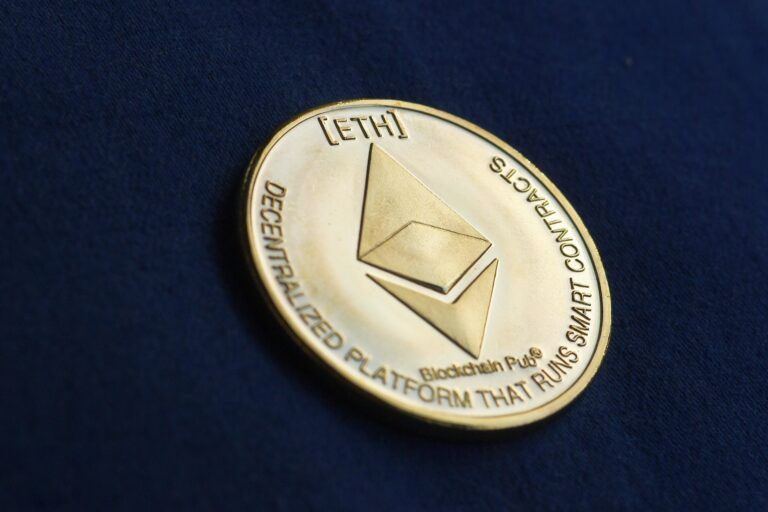On October 15, Lorenzo Valente, a research associate at investment firm ARK Invest, published a research paper to explain why “Ether Stands Out Among Digital Assets.”
ARK Invest’s research highlights staked Ether (stETH) as an essential asset in Ethereum’s Proof-of-Stake (PoS) system. It describes Ether (ETH) as the only real yield-bearing digital asset when staked, positioning it as a “reference indicator” in the digital asset space.
According to Valente, ETH plays a pivotal role in private and public financial markets, influencing monetary policy in other digital networks, and serves as a gauge for the health of the broader crypto ecosystem. He says that with a market capitalization of around $315 billion and millions of monthly active users, the Ethereum network settles significant economic value.
According to ARK, the ETH staking yield is becoming a key gauge for smart contract activity and economic cycles in the digital asset space, much like the Fed Funds Rate in traditional finance. ARK points out that Ethereum validators earn yield from three components: issuance (~2.8% APR), tips, and Miner Extractable Value (MEV). It also mentions that the yield fluctuates based on the amount of staked ETH and network activity, making stETH’s return more volatile than traditional bonds.
Per ARK’s research, liquid staking derivatives (LSDs), like Lido’s stETH, allow users to stake ETH while maintaining liquidity. The paper says that this tokenized stETH can be traded, used as collateral in decentralized finance (DeFi), or re-staked for additional yield on platforms like Eigenlayer. As of mid-July 2024, apparently, 31% of the total stETH supply was locked in DeFi protocols like Aave, MakerDAO, and Spark.
The paper went on to say that Ethereum’s transition to PoS and the implementation of EIP-1559 have made ETH deflationary, enhancing stETH’s role as high-quality collateral, while the staking yield itself serves as a key indicator of crypto market conditions.
Featured Image via Pixabay









